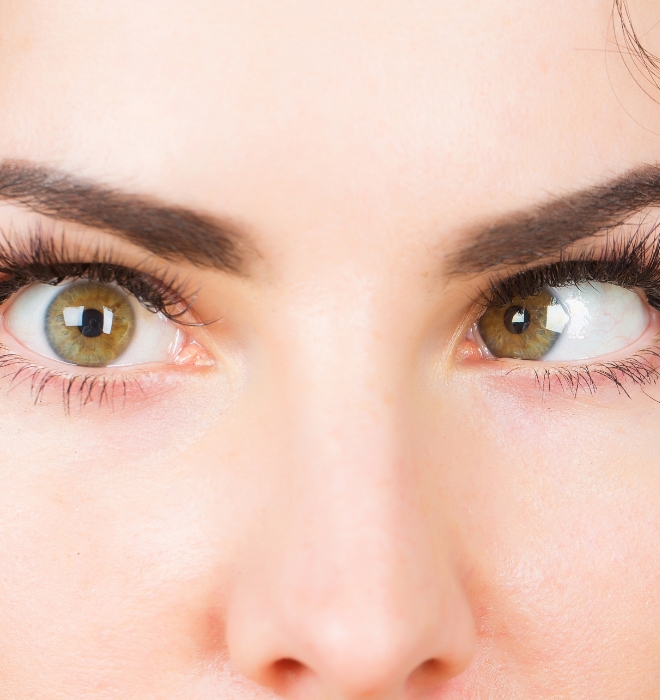Service & Facility
Service & Facility
Strabismus / Squint / Misaligned Eyes

Strabismus, also known as misaligned eyes or squint, occurs when both eyes do not point in the same direction. While it can be hereditary, it can also be associated with conditions like cerebral palsy, Down syndrome, hydrocephalus, or brain tumors.
Types of strabismus include:
- Esotropia: Inward turning of the eyes (e.g., infantile esotropia, accommodative esotropia related to farsightedness, and sixth nerve palsy)
- Exotropia: Outward turning of the eyes
- Vertical misalignments of the eyes can also occur.
Strabismus can develop in both infants/young children and older children/adults, but with appropriate treatment, eye alignment can be improved in most cases.

Strabismus / Squint / Misaligned Eyes
Strabismus, also known as misaligned eyes or squint, occurs when both eyes do not point in the same direction. While it can be hereditary, it can also be associated with conditions like cerebral palsy, Down syndrome, hydrocephalus, or brain tumors.
Types of strabismus include:
- Esotropia: Inward turning of the eyes (e.g., infantile esotropia, accommodative esotropia related to farsightedness, and sixth nerve palsy)
- Exotropia: Outward turning of the eyes
- Vertical misalignments of the eyes can also occur.
Strabismus can develop in both infants/young children and older children/adults, but with appropriate treatment, eye alignment can be improved in most cases.
Symptoms of Strabismus:
Decreased vision
Double vision*
Impaired depth perception
Difficulty reading
Headaches
Symptoms of Strabismus:
*If you or your child suddenly experience double vision, seek immediate medical attention, as it may indicate a more serious neurologic disorder.
Tests
A comprehensive eye examination is the initial step in developing an effective treatment plan. Our ophthalmologist may employ various testing methods to assess the severity of the condition and determine the most suitable course of treatment. These tests include:
Visual Acuity: Evaluating vision by reading letters from an eye chart (young children may use pictures instead of letters)
Motility Exam: Examining eye alignment and identifying any muscle dysfunction
Refraction: Using corrective lenses to determine the appropriate lens power to correct refractive errors (nearsightedness, farsightedness, or astigmatism)
Treatments
We offer the following treatments for strabismus and related conditions:
- Eyeglasses or Contact Lenses: Special eyeglasses or contact lenses can help improve eye alignment in some patients.
- Prism Lenses: Patients may be fitted with prescription eyeglasses containing prism power to aid in eye alignment.
- Patching: Patching the normal eye for a few hours each day stimulates the weaker eye to work harder, leading to improved vision and potential eye alignment enhancement.
- Medications: Young children who cannot tolerate an eye patch may benefit from atropine eye drops, which temporarily blur vision in the normal eye, forcing the weaker eye to work harder and strengthening its vision.
- Eye Muscle Surgery: If conservative treatments are insufficient, our skilled eye surgeon can perform eye muscle surgery to weaken or strengthen the eye muscles and realign the eyes. Early surgery is most effective in establishing binocularity, enabling both eyes to focus on an object and create a single image.
